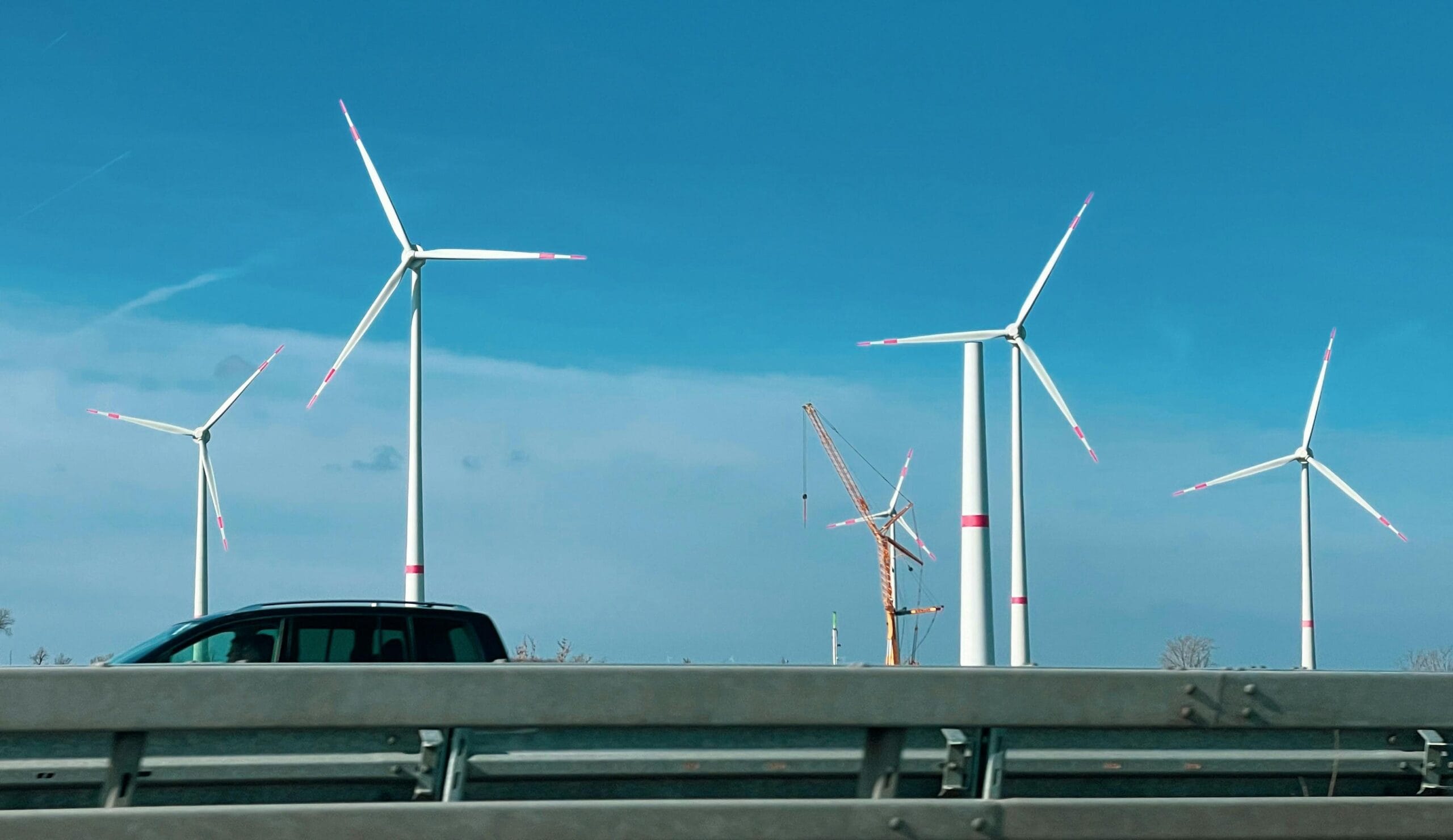What are the latest sustainable innovations in renewable energy technologies?
Sustainable Innovations in Renewable Energy Technologies
In an era of increasing environmental consciousness and the pressing need to address climate change, sustainable innovations in renewable energy technologies are more critical than ever. These advancements not only reduce our reliance on fossil fuels but also pave the way for a cleaner and more sustainable future. This article delves into the latest developments in solar, wind, hydro, and other renewable energy sources, providing valuable insights into how these innovations are transforming the energy landscape.
Breakthroughs in Solar Energy
1.1 Perovskite Solar Cells
One of the most promising advancements in solar energy technology is the development of perovskite solar cells. These cells offer higher efficiency rates and are cheaper to produce compared to traditional silicon-based cells. They can also be manufactured using simple roll-to-roll printing techniques, which further decrease production costs.
1.2 Bifacial Solar Panels
Bifacial solar panels capture sunlight from both sides, significantly improving their efficiency. These panels are particularly effective in environments with highly reflective surfaces, such as snowy or sandy terrains. The increase in energy yield makes bifacial panels an attractive option for residential and commercial applications.
Advancements in Wind Energy
2.1 Floating Wind Turbines
Floating wind turbines represent a groundbreaking innovation in harnessing wind energy. Unlike traditional fixed-bottom turbines, floating turbines can be installed in deeper waters, tapping into stronger and more consistent wind flows. This opens up vast new areas for wind energy generation, particularly in regions where the ocean floor is too deep for conventional turbines.
2.2 Vertical Axis Wind Turbines (VAWTs)
Vertical Axis Wind Turbines (VAWTs) offer unique advantages over the traditional horizontal axis designs. VAWTs can operate efficiently in various wind conditions and require less ground space, making them suitable for urban environments. Additionally, they are quieter and visually less intrusive, which can enhance community acceptance.
Innovations in Hydro Energy
3.1 Tidal Energy
Tidal energy harnesses the power of ocean tides to generate electricity. Recent advancements in tidal turbine technology have significantly improved their efficiency and durability. Tidal energy offers a reliable and predictable source of renewable energy, contributing to the diversification of the energy mix.
3.2 Run-of-the-River Hydropower
Run-of-the-river hydropower systems generate electricity without the need for large dams and reservoirs, minimizing environmental impact. These systems utilize the natural flow of rivers to produce energy and are ideal for small-scale and community-based projects.
Case Studies: Real-World Applications
4.1 Solar-Powered Villages in India
In India, numerous villages have adopted solar energy to address the issue of unreliable electricity supply. Solar microgrids have been established, providing consistent and clean energy to remote areas. This has not only improved the quality of life for villagers but also facilitated local economic development.
4.2 Denmark’s Wind Energy Success
Denmark is a global leader in wind energy, with wind power accounting for nearly half of its electricity consumption. This success is attributed to the country’s innovative policies, substantial investments in wind technology, and active stakeholder engagement. Denmark’s experience serves as a model for other nations seeking to expand their renewable energy portfolios.
Benefits of Renewable Energy Innovations
- Environmental Impact: Reducing greenhouse gas emissions and air pollution.
- Energy Security: Diversifying energy sources and reducing reliance on fossil fuels.
- Economic Growth: Creating jobs and stimulating local economies.
- Innovation: Driving technological advancements and new business opportunities.
Practical Tips for Adopting Renewable Energy
Transitioning to renewable energy can seem daunting, but there are practical steps individuals and businesses can take to embrace these sustainable technologies.
- Evaluate your energy needs and choose the most suitable renewable energy source.
- Consider energy storage solutions to maximize the efficiency of renewable systems.
- Stay informed about government incentives and subsidies for renewable energy projects.
- Work with reputable renewable energy providers to ensure high-quality installations.
- Adopt energy-efficient practices to complement your renewable energy setup.
Conclusion
The advancements in renewable energy technologies hold great promise for a sustainable future. From solar and wind to hydro energy, these innovations are revolutionizing how we generate and consume energy. By embracing these technologies, we can mitigate the impacts of climate change, enhance energy security, and drive economic growth. As the world continues to innovate and invest in renewable energy, the potential for a cleaner and more sustainable tomorrow is within our reach.
